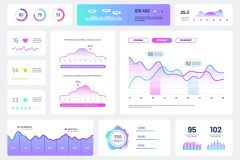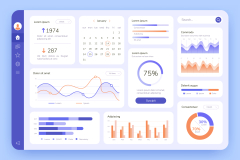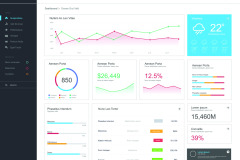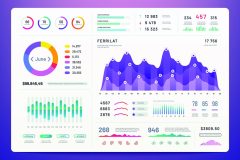“Analyzing Medical Costs: A Dashboard for Healthcare Providers, Insurers, and Employers”
Desciption
– Age is the second highest indicator of
higher medical costs, with patients aged
45-64 representing a 23% share of medical
costs in our set.
– Region is the third highest indicator of
higher medical costs, with patients from
region 2 representing a 20% share of
medical costs in our set.
Who Can Benefit from this Dashboard?
This dashboard is perfect for healthcare providers, insurers, and employers who are looking to gain insights into the factors that drive medical costs. By understanding the factors that contribute to higher medical costs, healthcare providers, insurers, and employers can make better decisions about how to reduce costs and improve patient outcomes.
Benefits for Healthcare Providers:
– Gain insights into the factors that drive medical costs.
– Make better decisions about how to reduce costs and improve patient outcomes.
– Identify areas of potential cost savings.
Benefits for Insurers:
– Understand the factors that contribute to higher medical costs.
– Develop strategies to reduce costs and improve patient outcomes.
– Create better pricing models for insurance plans.
Benefits for Employers:
– Identify areas of potential cost savings.
– Develop strategies to reduce costs and improve employee health.
– Make better decisions about how to provide healthcare benefits.
Data
Medical Costs Capstone
Executive Summary
Region
Weight Costs
Smoker
no
Avg. Charges
40K
30K
20K
10K
OK
40K
Gender
Children
Bmi (copy)
41,558
Age
Smoker
no
yes
Smoking Status
Re
Studied data to determine the cause
of higher medical costs by analyzing
out patient sets background,
consisting of age, gender, region,
and/or lifestyle factors (specifically
smoking, weight classification, and/or
having children).
Key Points:
– Smoking is the strongest indicator of
higher avg. medical costs, with patients who
smoke representing a 79% share of medical
costs in our set.




